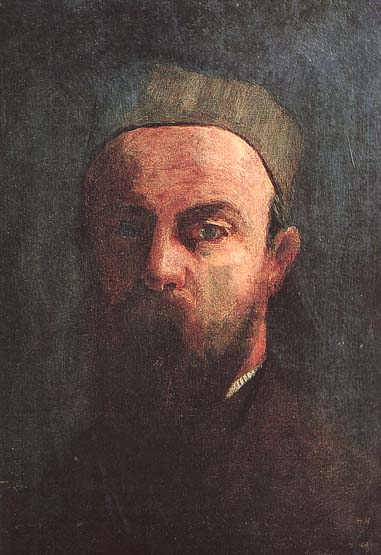On 4 Nov, 2012 With
The Most Expensive Pieces of Art We all know a picture is worth a thousand words, but how much is that in actual cash? Ultimately, a painting is worth whatever someone is willing to pay for it. Still, if the piece has historical, cultural or critical importance, the value of a painting will skyrocket. Auctioneers and art valuers use several criteria to determine exactly how desirable a piece ought to be. They look at the condition of the piece and its sales history. They compare it to the value of other works sold by the same artist and to other similar works done by different artists in the genre. They then look at the subject matter and compare that with…
Read More
On 25 Aug, 2011 With
Palettes of Famous Painters: The Degas palette The Degas palette above is from earlier in his career, when he was still using the earthy tones common to the Dutch tradition. It lightened considerably in later years as his subject matter altered. Although there are a number of prescribed ways in which to lay out oil paint – light to dark; as per the colour wheel; basic palettes of three colours and white – all artists begin by lining up pigments at the top of the palette and use the remainder of its space for mixing.
Read More
On 6 Aug, 2011 With
A French symbolist painter, printmaker, draughtsman and pastellist. Odilon Redon was born in Bordeaux, Aquitaine, to a prosperous family. He started drawing as a child, and at the age of ten he was awarded a drawing prize at school. Aged fifteen, he began the formal study of drawing, but on the insistence of his father he changed to architecture. His failure to pass the entrance exams at Paris’ École des Beaux-Arts ended any plans for a career as an architect, although he briefly studied painting there under Jean-Léon Gérôme in 1864. (His younger brother Gaston Redon would become a noted architect.) Back home in his native Bordeaux, he took up sculpture, and Rodolphe Bresdin instructed him in etching and lithography….
Read More



